Peru, nestled on the western coast of South America, is a land of ancient civilizations, breathtaking landscapes, and vibrant cultures. From the majestic peaks of the Andes to the lush Amazon rainforest and the coastal deserts, Peru offers a rich tapestry of experiences for travelers and scholars alike. In this comprehensive exploration, we’ll delve into the essence of Peru, covering its geography, history, culture, economy, and current affairs.
Geography:
Peru’s geography is incredibly diverse, encompassing three main regions: the Andean highlands, the Amazon rainforest, and the coastal desert. The Andes mountain range runs through the center of the country, forming a spine that reaches heights of over 6,000 meters (20,000 feet). This rugged terrain is home to some of the world’s highest peaks, including Huascarán, Peru’s tallest mountain.
To the east of the Andes lies the vast expanse of the Amazon rainforest, which covers more than half of Peru’s territory. This dense jungle is one of the most biodiverse regions on the planet, teeming with wildlife, rivers, and indigenous communities. The Amazon River, the largest river in the world by discharge volume, originates in Peru’s Andean highlands and flows through the heart of the rainforest.
On the western coast, the landscape transitions into arid deserts and fertile valleys. The coastal region is home to Peru’s major cities, including the capital, Lima, as well as historic sites such as the Nazca Lines and the ancient city of Caral. Peru’s coastline stretches for over 2,400 kilometers (1,500 miles) along the Pacific Ocean, offering stunning beaches, surf breaks, and marine biodiversity.
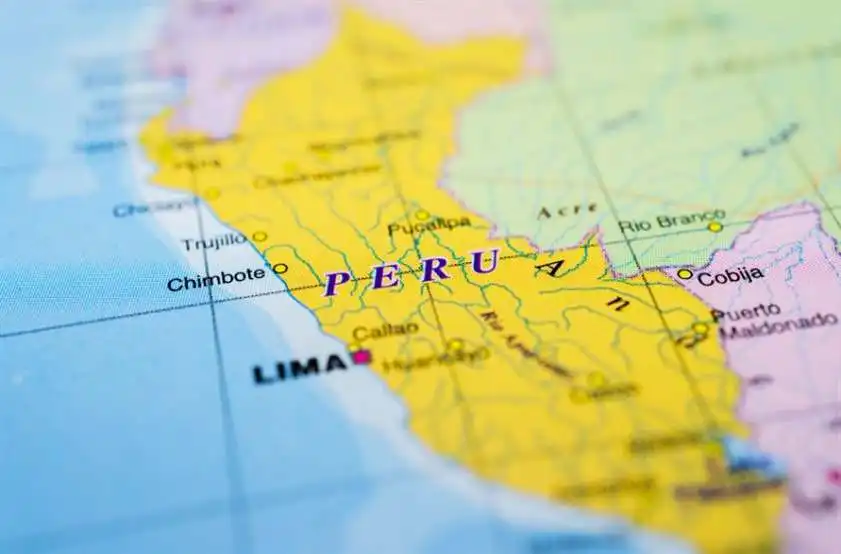
History:
Peru has a rich and complex history that spans thousands of years, from the ancient civilizations of the Norte Chico and Caral to the Inca Empire and the Spanish conquest. The Norte Chico civilization, which flourished around 3,000 BCE, is one of the oldest known civilizations in the Americas and is renowned for its monumental architecture and complex societies.
In the centuries that followed, Peru was home to a succession of indigenous cultures, including the Moche, Chimu, and Chachapoya, each leaving their mark on the land with impressive cities, temples, and artworks. However, it was the Inca Empire, which emerged in the 15th century, that would come to dominate the region and build one of the largest and most advanced civilizations in the Americas.
At its height, the Inca Empire stretched from modern-day Colombia to Chile and encompassed a vast network of roads, cities, and agricultural terraces. The Inca capital of Cusco was the center of this empire, while the city of Machu Picchu served as a royal estate and religious sanctuary high in the Andes.
In 1532, the Spanish conquistadors, led by Francisco Pizarro, arrived in Peru and quickly conquered the Inca Empire. Over the next few decades, the Spanish established colonial rule and imposed their language, religion, and culture on the indigenous population. The legacy of colonialism is still evident in Peru today, from its architecture and language to its cuisine and religious traditions.
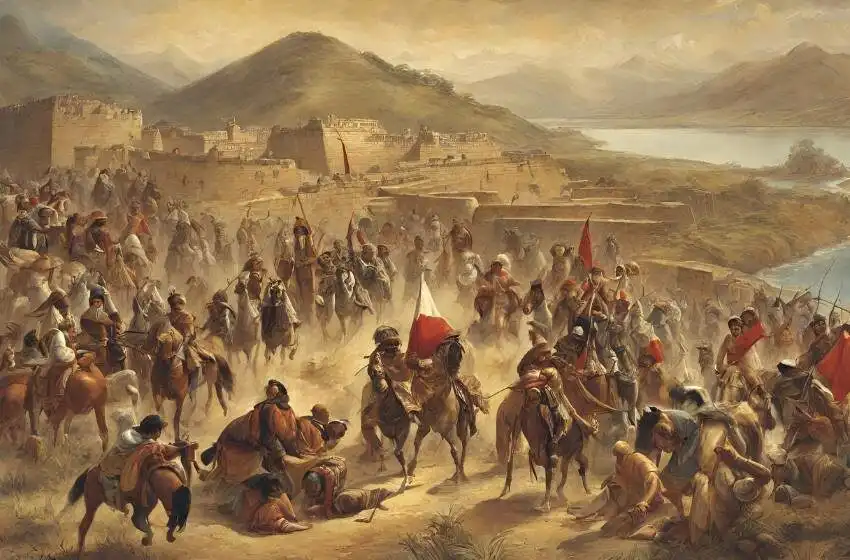
Culture:
Peruvian culture is a vibrant blend of indigenous, Spanish, African, and Asian influences, shaped by centuries of migration, conquest, and trade. The country’s cultural diversity is reflected in its music, dance, art, literature, and cuisine, which vary widely from region to region.
Music and dance play a central role in Peruvian culture, with traditional genres such as huayno, marinera, and cumbia coexisting alongside modern styles like salsa, rock, and reggaeton. Traditional instruments such as the charango, quena, and cajón are still widely used, adding a distinctive sound to Peruvian music.
Peruvian cuisine is renowned for its diversity and complexity, with influences from indigenous, Spanish, African, and Asian culinary traditions. Staple ingredients such as potatoes, corn, and quinoa are used in a variety of dishes, while seafood, meats, and spices add depth and flavor. Some of Peru’s most famous dishes include ceviche, lomo saltado, ají de gallina, and causa.
Peru is also home to a rich tradition of arts and crafts, with indigenous communities producing intricate textiles, pottery, jewelry, and woodwork using traditional techniques passed down through generations. Festivals and celebrations are an important part of Peruvian culture, with colorful parades, music, dance, and religious rituals taking place throughout the year.
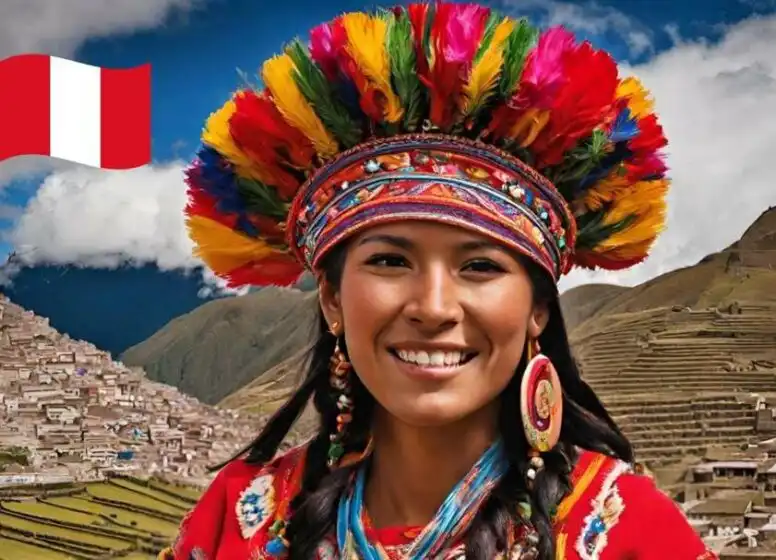
Economy:
Peru has a mixed economy with a diverse range of industries, including agriculture, mining, manufacturing, services, and tourism. The country is one of the world’s leading producers of copper, gold, silver, and zinc, as well as a major exporter of agricultural products such as coffee, coca, and quinoa.
Mining is a significant contributor to Peru’s economy, accounting for a large portion of its export revenue and foreign investment. However, the industry has also faced criticism for its environmental impact, social conflicts, and labor rights abuses, particularly in indigenous communities and rural areas.
In recent years, Peru has experienced steady economic growth, driven by government reforms, infrastructure investment, and trade liberalization. However, the country still faces challenges such as income inequality, poverty, unemployment, corruption, and regional disparities. Efforts to promote sustainable development, diversify the economy, and improve social services are ongoing priorities for the Peruvian government.
UNESCO World Heritage Sites
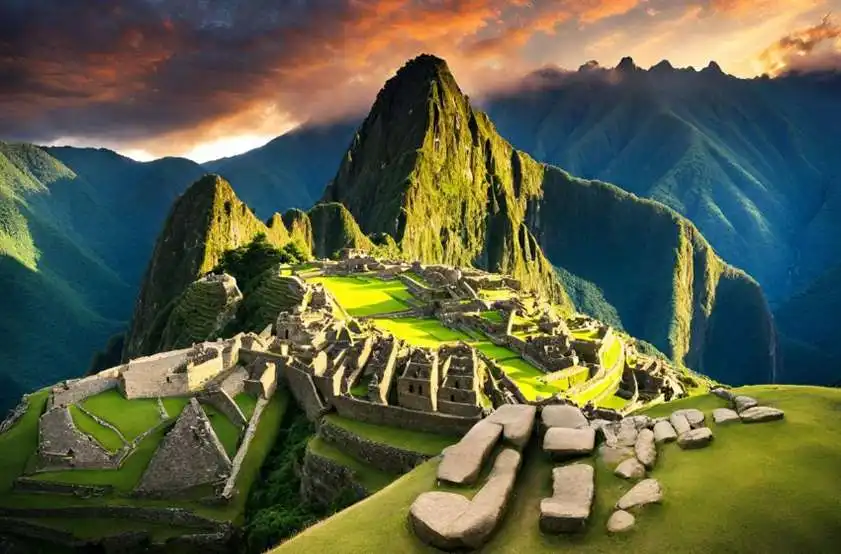
The most striking curiosities that make unique:
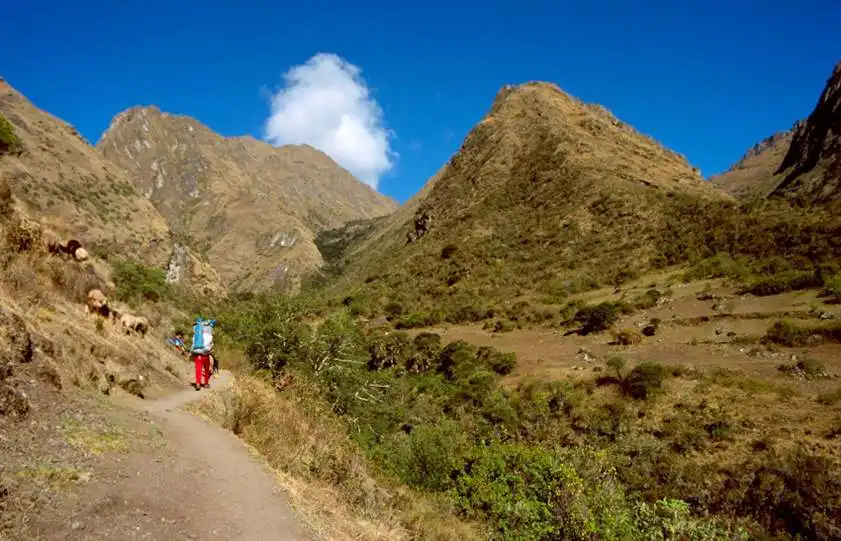
The most touristically renowned places:
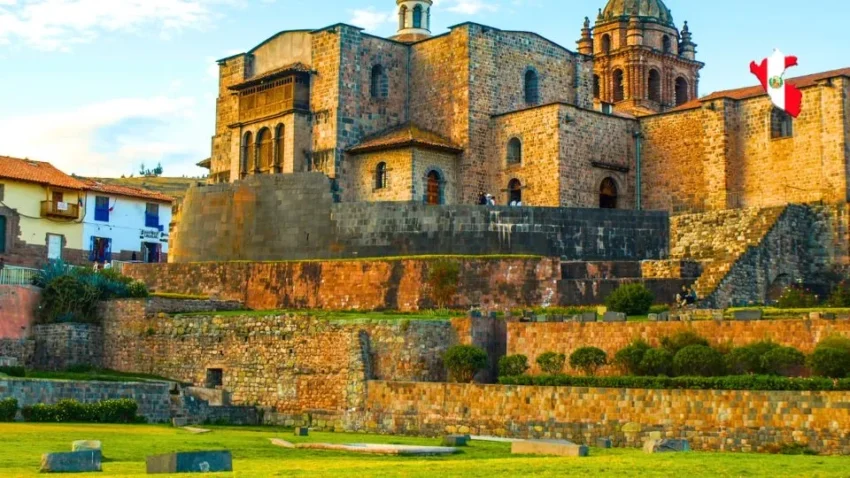
Conclusion:
Peru is a land of contrasts and contradictions, where ancient traditions coexist with modernity, and natural beauty meets social and political challenges. Its rich cultural heritage, diverse landscapes, and resilient people make it a captivating and dynamic place to explore. As Peru navigates its path forward, it faces numerous opportunities and challenges, from preserving its cultural heritage and protecting its environment to promoting social justice and economic development. Despite the complexities and uncertainties, Peru’s spirit of resilience, creativity, and innovation shines brightly, inspiring both its citizens and the world at large.


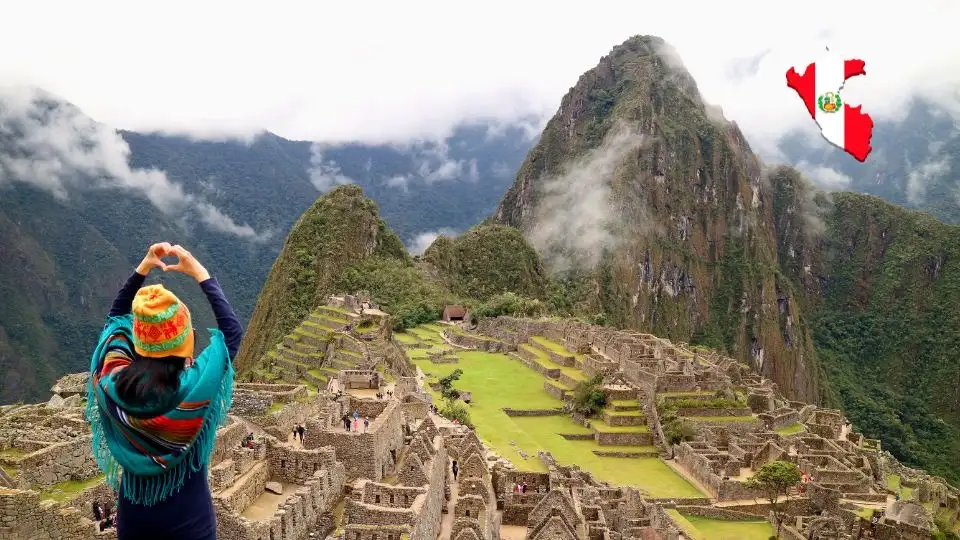
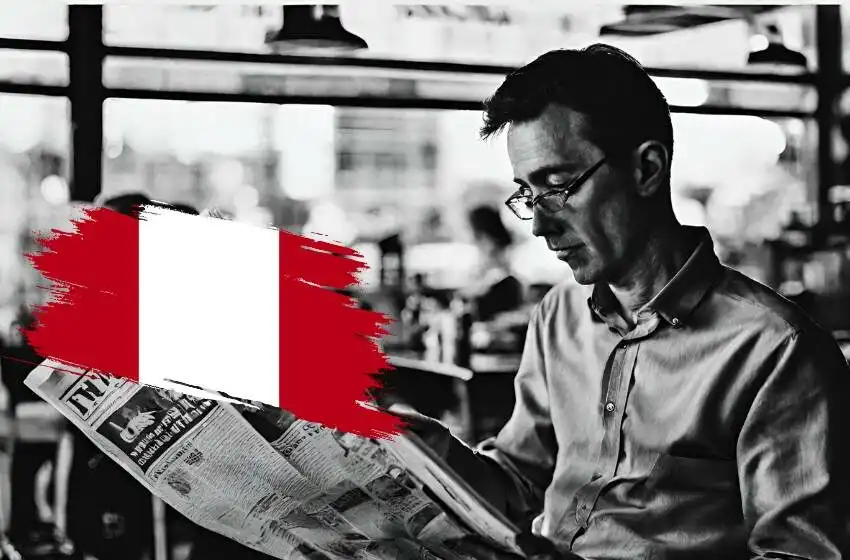
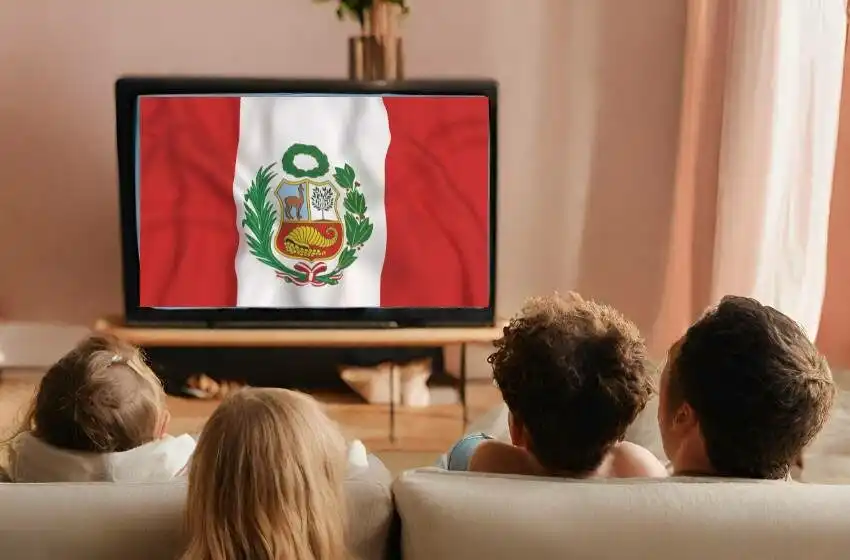
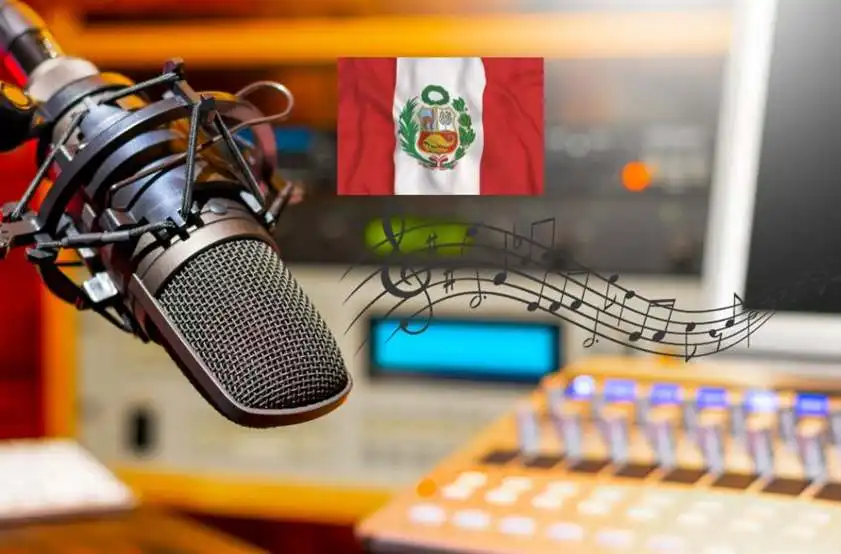
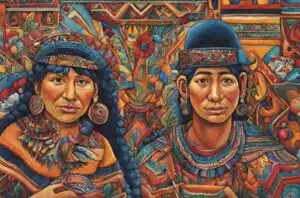
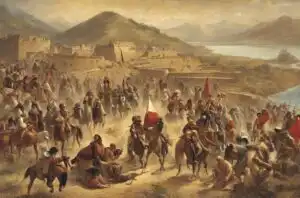
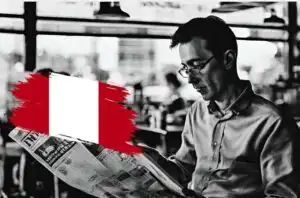
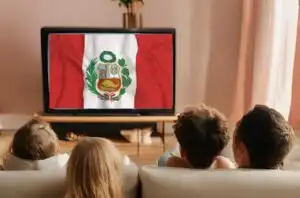
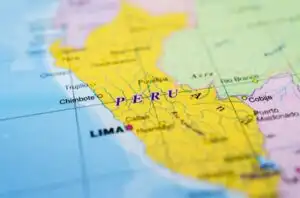
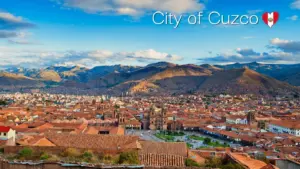
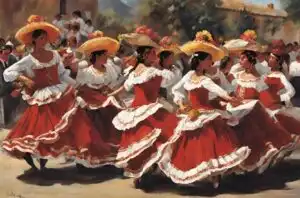
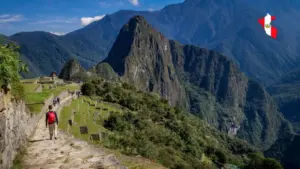
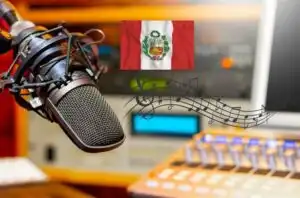
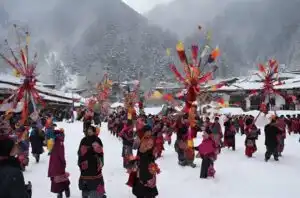
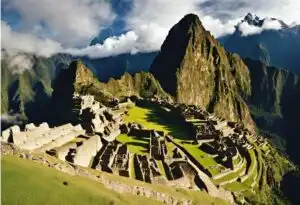
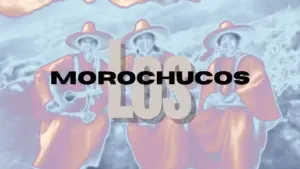
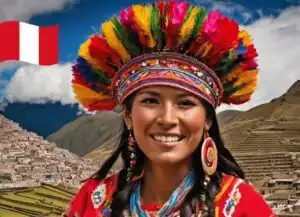
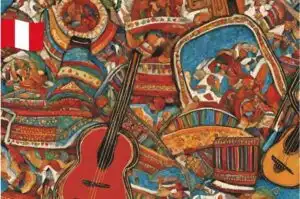
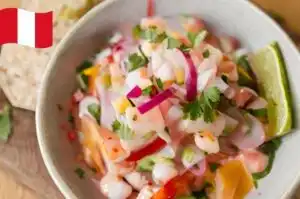
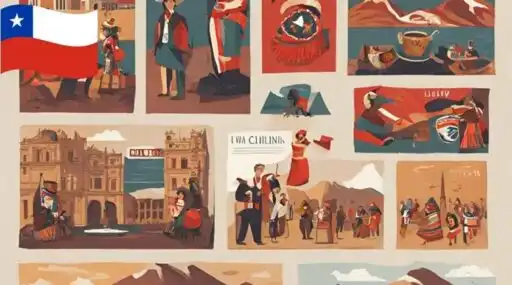
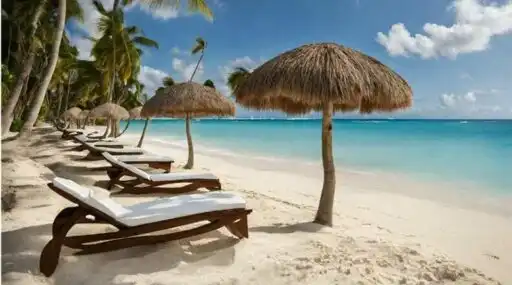
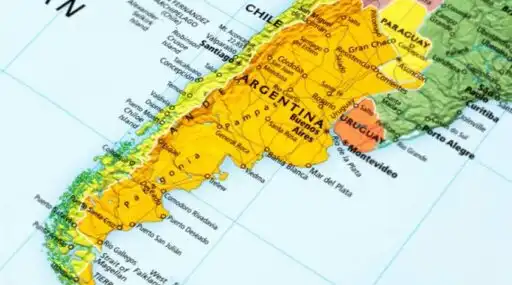
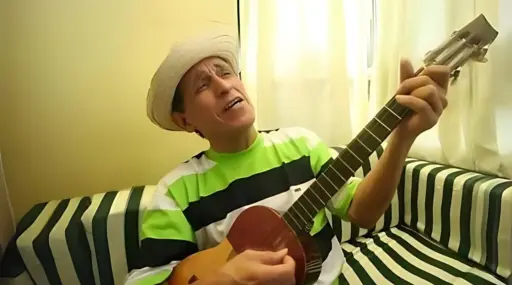
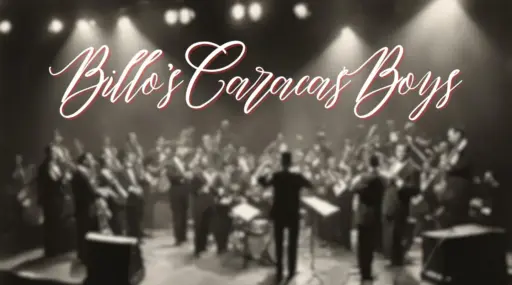
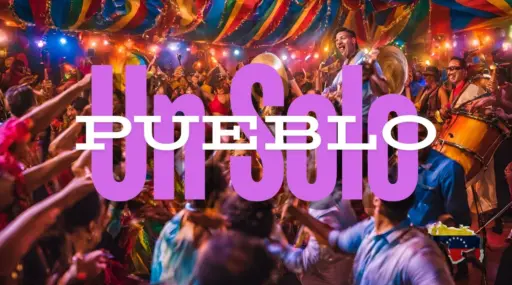
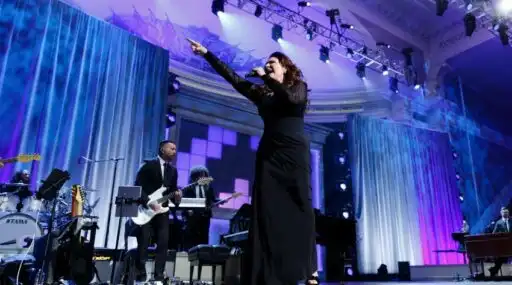
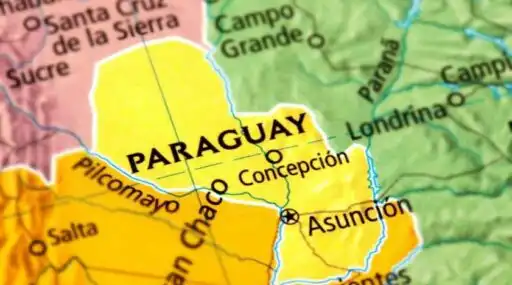

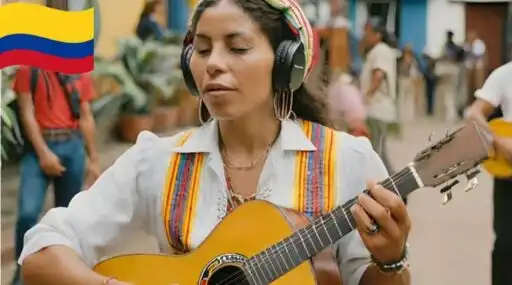


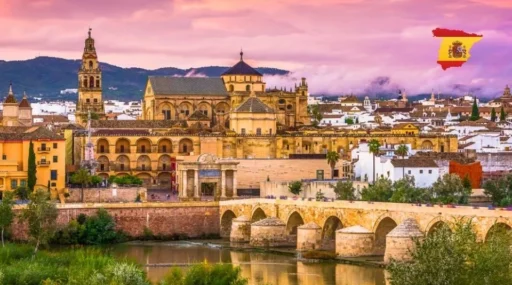
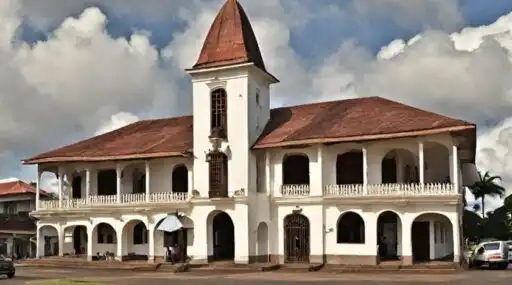
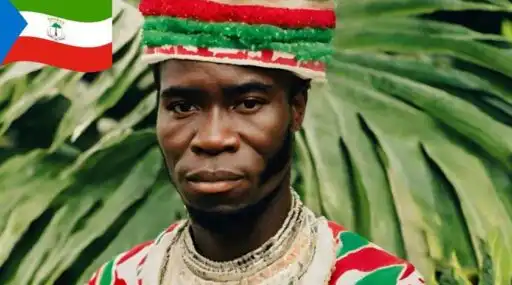
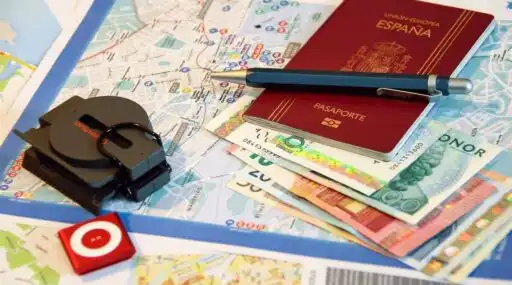
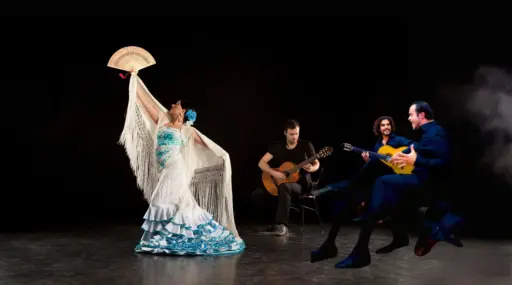
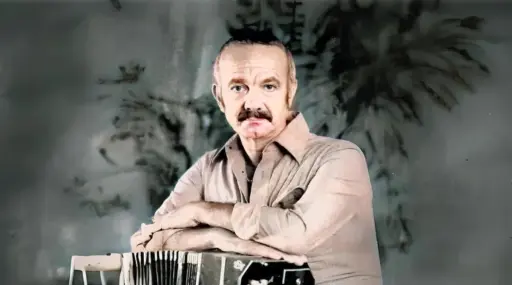
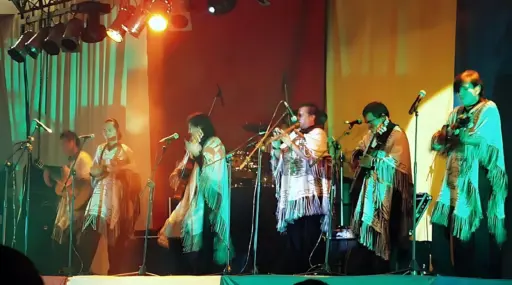
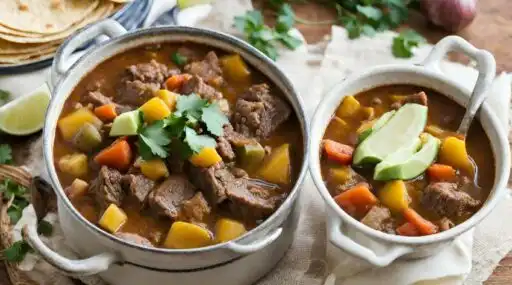
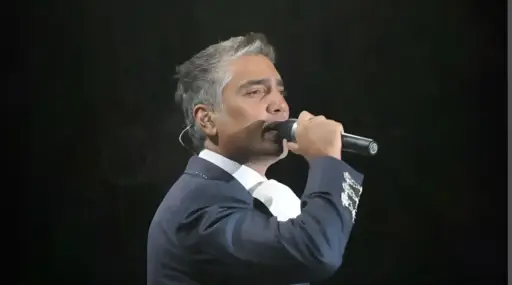

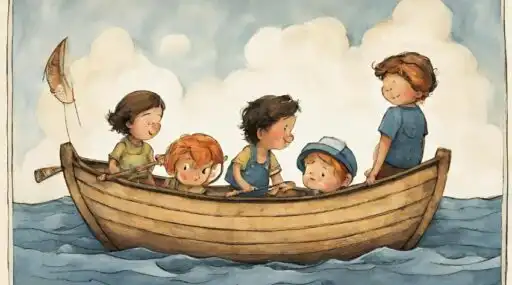
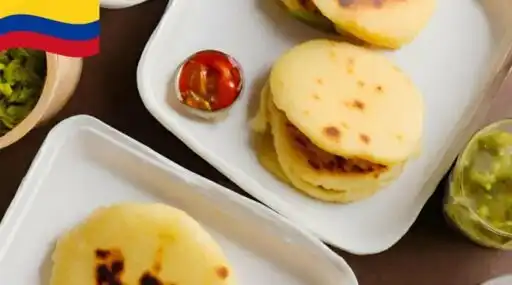

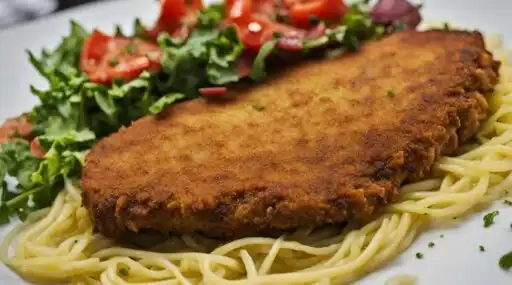
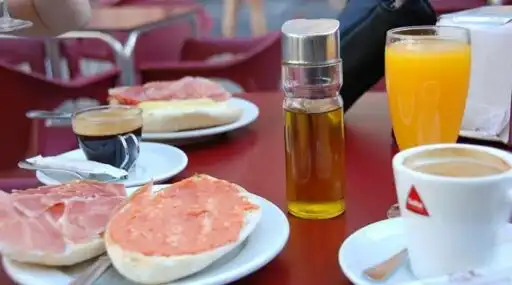

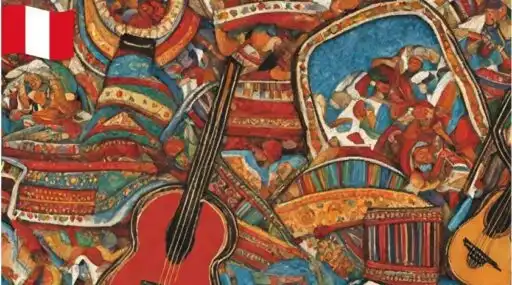

Leave a Reply